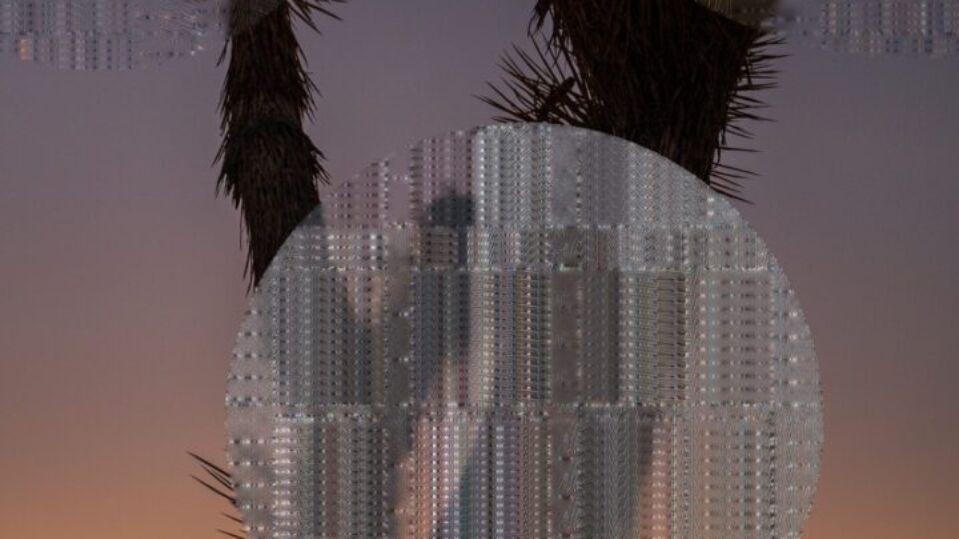“Art is not what you see, but what you make others see.” These are the words of renowned artist Edgar Degas. A century later, the sentiment continues to ring true. In a contemporary moment plagued with political polarisiation, and where those with power often wield it to the detriment of the most vulnerable, it is more important than ever to “make others see.” Art invites us to step into another’s shoes and see the world anew. Exhibitions can spotlight stories history has overlooked, striving to ensure all voices are heard. These five exhibitions are powerful examples of this effort, from deconstructing the legacy of colonialism in Ghana, to envisioning a future that values the lives of all creatures alongside humanity. Each one presents a new way of seeing – confronting historical injustices and imagining alternative futures.
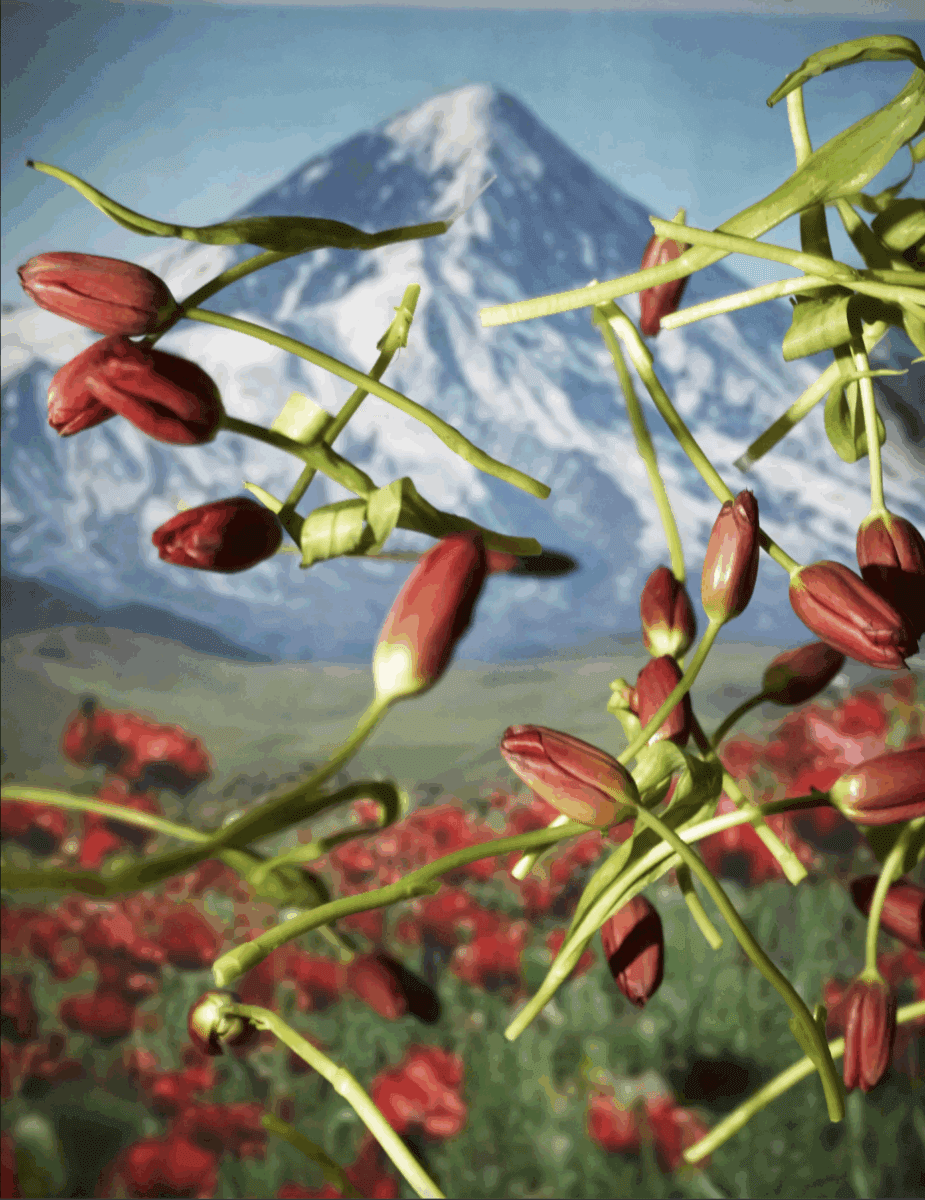
ICP, New York | Until 28 September
Iranian American artist Sheida Soleimani presents Panjereh, a series that takes its name from the Farsi for “window” or “passageway.” The artist is known for her intricate, studio-based compositions that combine photographs, props, live animals and even her own parents in surreal, magical realist scenes. The show builds on Soleimani’s ongoing exploration of her parents’ experiences of political exile and migration, using their stories as a lens to examine broader systems of geopolitics. Panjereh will bring together more than forty photographs, drawn from her work as a wildlife rehabilitator and founder of Congress of the Birds, a federally licensed wild bird rehabilitation centre in Rhode Island. The vocation was one passed down from her mother, who was forced to give up being a practicing nurse and instead began caring for wild birds.
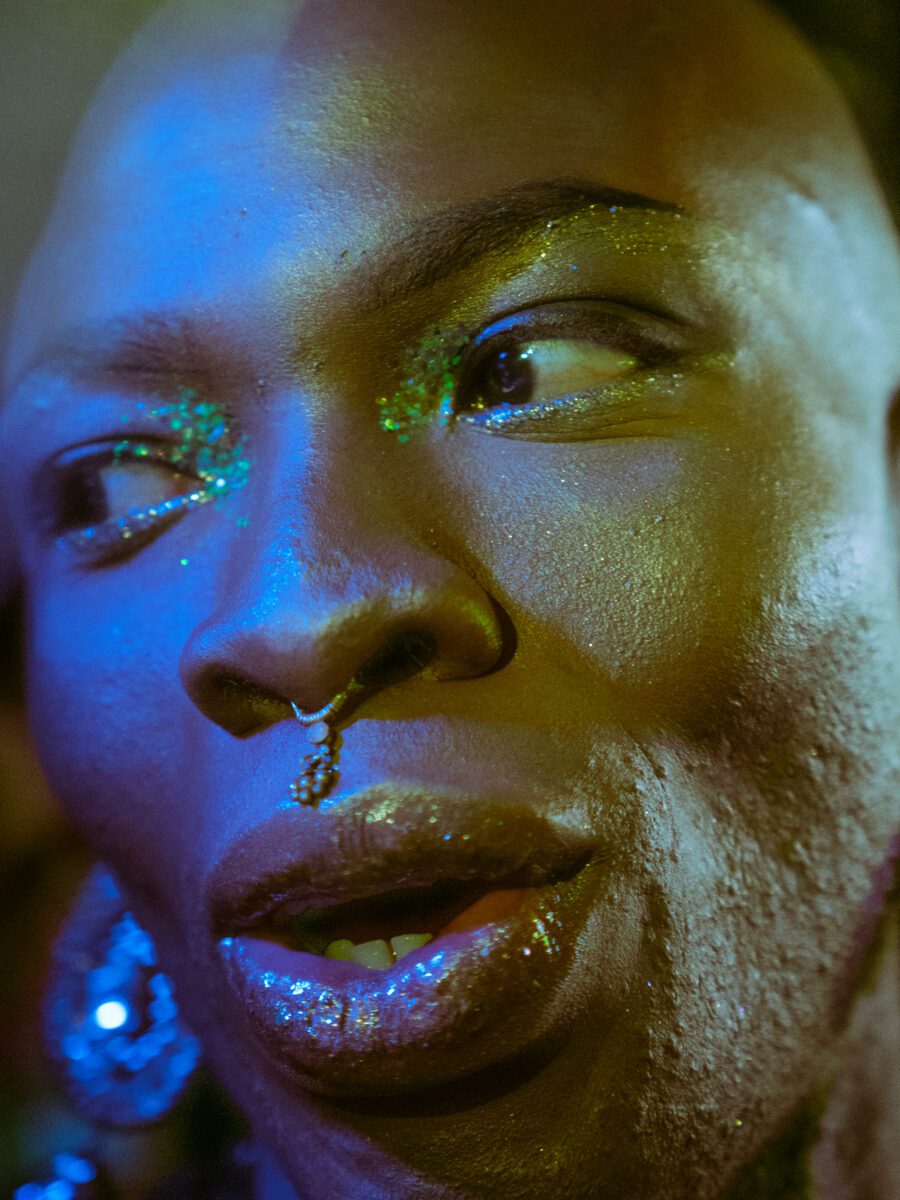
Meterhuis Westerpark, Amsterdam | 12 July – 10 August
Since the 1970s, LGBTQIA+ communities around the world have worked to create environments where they can live, gather, and express themselves freely – away from the discrimination and hostility that many still face today. Often described as “safe spaces,” these are both physical and emotional refuges where queer people can exist without fear, and where joy, resistance and belonging can thrive. Queer Havens is an exhibition of more than 40 works. Together, they explore what safe spaces look like, how they are built and what they mean to the people who create and inhabit them. The exhibition brings together 12 powerful photographic projects – six from the World Press Photo archive and six from Pride Photo – each offering a distinct lens on what it means to find or make safety as an LGBTQIA+ person today.
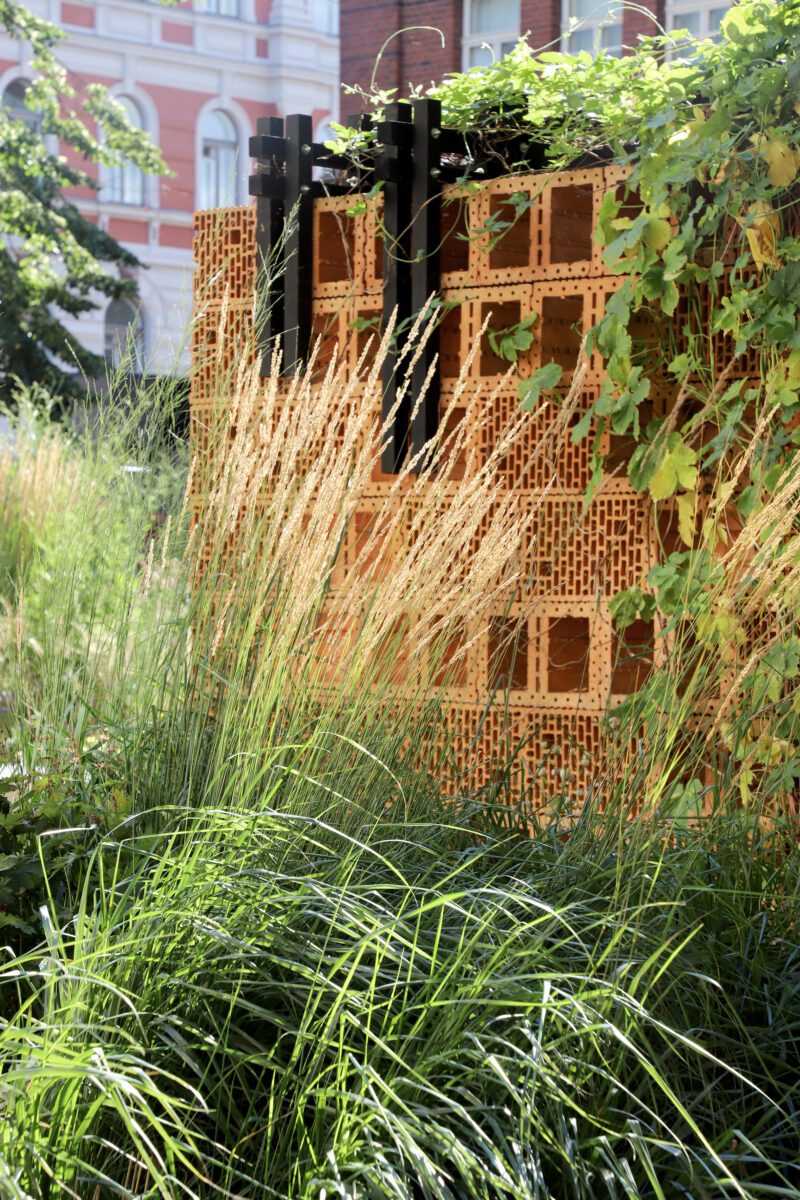
Design Museum, London | 11 July – 6 October
More than Human is a landmark exhibition, seeking to establish a new direction for the design industry. The title refers to a flourishing movement that questions the “human-centric lens” that has defined western design practice, instead looking to incorporate all forms of life. Approaches to this idea range from the sharing of ancient knowledge to the design of new wildlife habitats. Highlights from Design Museum’s show include major new commissions by four designers. Alexandra Daisy Ginsberg produces a new tapestry exploring the perspective of pollinators, whilst an 8-metre-long mural by MOTH depicts the emerging drive to award legal rights to waterways around the world. Elsewhere, Julia Lohmann creates a large-scale seaweed installation, a series of organic forms that appear to grow from the gallery’s floor.
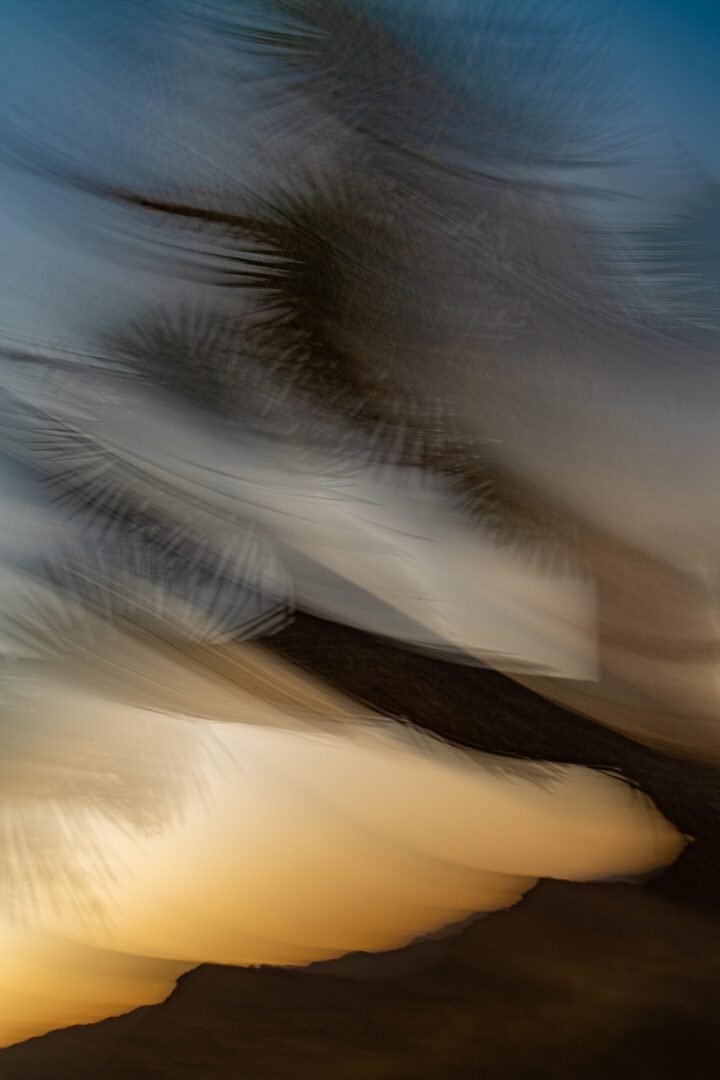
The Griffin Museum of Photography, Winchester | Until 13 September
Each year, the Griffin Museum of Photography calls for entries to its Vision(ary) public art projects. This year, more than 200 artists submitted their work, offering images rich with insight into the contemporary world. The selected series are displayed together in an outdoor exhibition throughout the summer. Highlights from this year’s shortlist include Kevin Hoth’s The Fifth Chanel. The artist has photographed the Southwestern American landscape for decades, only using digital editing software sparingly. In the series, he turns this decision on its head, editing the works to appear like technical glitches. He explained: “The digital marks made in collaboration with the software hint at some kind of corruption. They are a reminder of what I chose to see and what is left out. They also show me what the software sees in the images.”
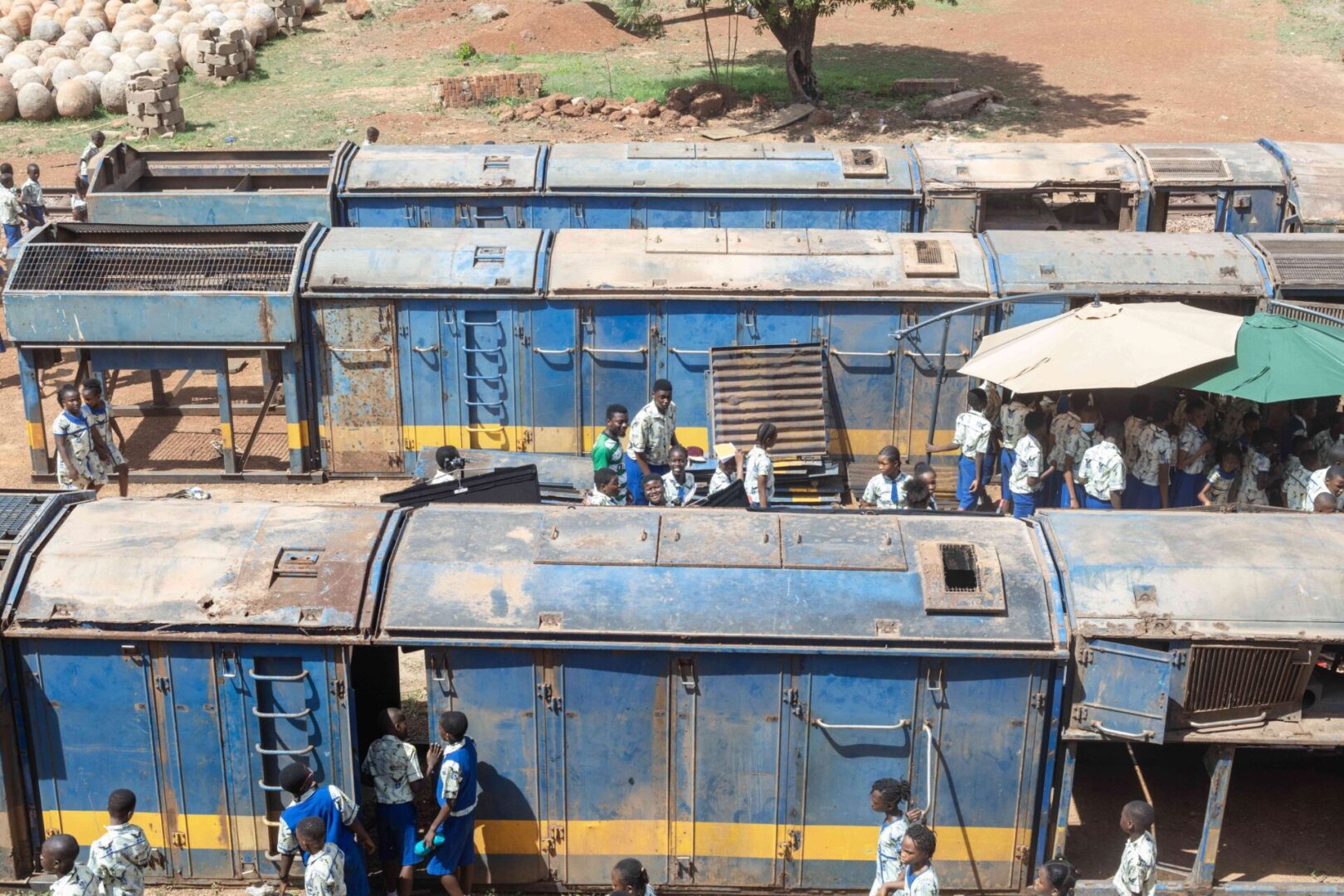
Kunsthalle Wien | 9 July – 2 November
Kunsthalle Wien presents a major new exhibition by Ibrahim Mahama (b. 1987). The artist’s work scrutinises the legacy of colonialism, post-colonialism and industrialisation in Ghana. Here, Mahama showcases his research on Ghanaian railway network, first created under British colonial rule during the 1890s. The show sees the fulfilment of a long-term aspiration to deconstruct, transport and exhibit a full-size diesel locomotive. He explained: “I’m interested in the idea of this heavy material which is so fragile when kept near water. It can dissolve in a few decades. So I started looking at ways in which I could collect it.” Zilijifa features a sculpture that sees a hollowed out train become a metal shell. It is accompanied by photographic works that consider the human cost of building and running the railway.
Words: Emma Jacob
Image Credits:
1. © Kevin Hoth. The Fifth Channel.
2. Sheida Soleimani,Laleh,2023 © Sheida Soleimani, Courtesy Edel Assanti,London and Harlan Levey Projects, Brussels.
3. Le Croele © Adrien Selbert.
4. Alusta Pavilion. Photo by Maiju Suomi.
5. © Kevin Hoth. The Fifth Channel.
6. Ibrahim Mahama. Courtesy Redclay; Ibrahim Mahama; White Cube, Hong Kong/London/New York/Paris/Seoul; and APALAZZOGALLERY, Brescia.


